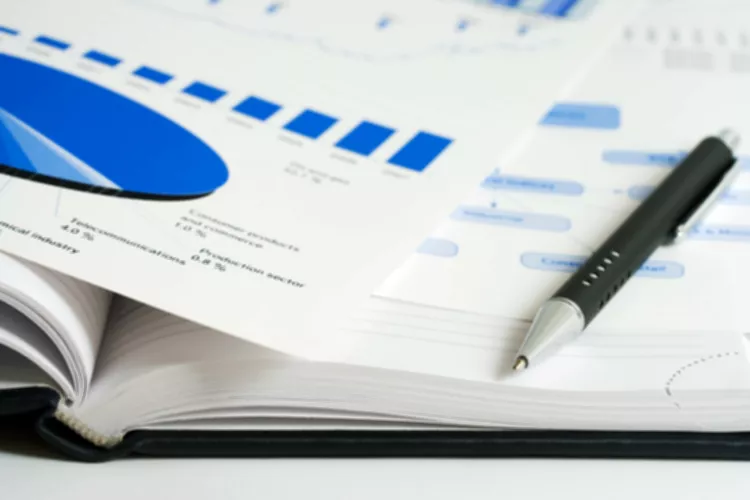Content
Integrate with treasury systems to facilitate and streamline netting, settlement, and clearing to optimize working capital. Centralize, streamline, and automate intercompany reconciliations and dispute management.Seamlessly integrate with all intercompany systems and data sources. Automatically identify intercompany exceptions and underlying transactions causing out-of-balances with rules-based solutions to resolve discrepancies quickly. Understand customer data and performance behaviors to minimize the risk of bad debt and the impact of late payments. Monitor changes in real time to identify and analyze customer risk signals.

More than 4,000 companies of all sizes, across all industries, trust BlackLine to help them modernize their financial close, accounts receivable, and intercompany accounting processes. Prepaid expenses are expenses that have been paid in advance for goods or services that will be received or consumed in the future. In this case, assume that the equipment depreciates at a rate of $100 per month, which is determined by dividing its cost of $6,000 by 60 months (five years). It has lost $100 of its initial value, so it is now worth only $5,900. As a college student, you have likely been involved in making a prepayment for a service you will receive in the future.
Expense Method
Failing to recognize the remaining amount as an expense can result in overstating the company’s net income. The accounting treatment for prepaid expenses enables businesses to effectively manage their cash flows, budget for future expenses, prepaid insurance journal entry and ensure that expenses are recognized in the appropriate period. By accounting for prepaid insurance, businesses can manage their finances effectively, plan for future expenses, and maintain the necessary level of insurance coverage.
No insurance company would sell insurance that covers a past event, so insurance expenses must be prepaid by businesses. In accounting/accountancy, adjusting entries are journal entries usually made at the end of an accounting period to allocate income and expenditure to the period in which they actually occurred. The revenue recognition principle is the basis of making adjusting entries that pertain to unearned and accrued revenues under accrual-basis accounting. They are sometimes called Balance Day adjustments because they are made on balance day. It is essential to properly account for prepaid expenses to ensure accurate financial reporting. Prepaid expenses can have a significant impact on a company’s financial statements, and incorrect accounting can lead to misleading financial information.
Common Reasons for Prepaid Expenses
When recording transactions individually, there is a higher risk of data entry errors, especially when there is a high volume of transactions. By summarizing transactions, businesses can reduce the chance of data entry errors, ensuring the accuracy of their financial records. Prepaid advertising provides several benefits to businesses, including the ability to secure preferred advertising positions and rates, manage cash flow, and plan for future marketing expenses.
Harold Averkamp (CPA, MBA) has worked as a university accounting instructor, accountant, and consultant for more than 25 years. Company A signs a one-year lease on a warehouse for $10,000 a month. The landlord requires that Company A pays the annual amount ($120,000) upfront at the beginning of the year.
Other Prepaid Expenses
Prepaid expenses come in different forms, and it is crucial to identify them to record them accurately. The two types of prepaid expenses are deferred expenses and prepaid income. Deferred expenses are payments made for goods or services that will be received in the future. Prepaid income is when a company receives payment in advance for goods or services that they will provide in the future. Prepaid expenses refer to expenses that a business pays in advance before they are actually incurred. In accounting, you might want to record a prepaid expense as a prepaid asset on the balance sheet until it’s used or consumed.
- In addition, on your income statement you will show that you did not use ANY insurance to run the business during the month, when in fact you used $100 worth.
- Its initial value, and the amount in the journal entry for the purchase, is what it costs.
- Prepaid income is when a company receives payment in advance for goods or services that they will provide in the future.
- The trial balance, drawn up on 31 December 2019, assumed that he had no other insurance and his insurance expenses account would show a balance of $4,800.
- Accelerate adoption and drive productivity and performance.One of the critical success drivers for any software technology is effective user training and adoption.
To help businesses stay on track with their prepaid expenses, it would always be a good idea to consider adopting an automated accounting software to ensure that no information slips through the cracks. By doing so, companies can rest assured that their https://www.bookstime.com/articles/present-value-of-a-single-amount financial reports and statements are consistently accurate and reliable. That way, Kolleno helps to ensure that the business can manage its finances in the most user-friendly and efficient way, as well as strengthen its customer relationships.
Step 2: Adjusting entry for prepaid insurance
The same adjusting entry above will be made at the end of the month for 12 months to bring the Prepaid Rent amount down by $1,000 each month. Here is an example of the Prepaid Rent account balance at the end of October. The same adjusting entry above will be made at the end of the month for 12 months to bring the Prepaid Insurance amount down by $100 each month. Here is an example of the Prepaid Insurance account balance at the end of October. Notice that the amount for which adjustment is made differs under two methods, but the final amounts are the same, i.e., an insurance expense of $450 and prepaid insurance of $1,350.
How are prepaid expenses adjusted?
Prepaid expenses are first recorded in the prepaid asset account on the balance sheet as a current asset (unless the prepaid expense will not be incurred within 12 months). Once expenses incur, the prepaid asset account is reduced, and an entry is made to the expense account on the income statement.
